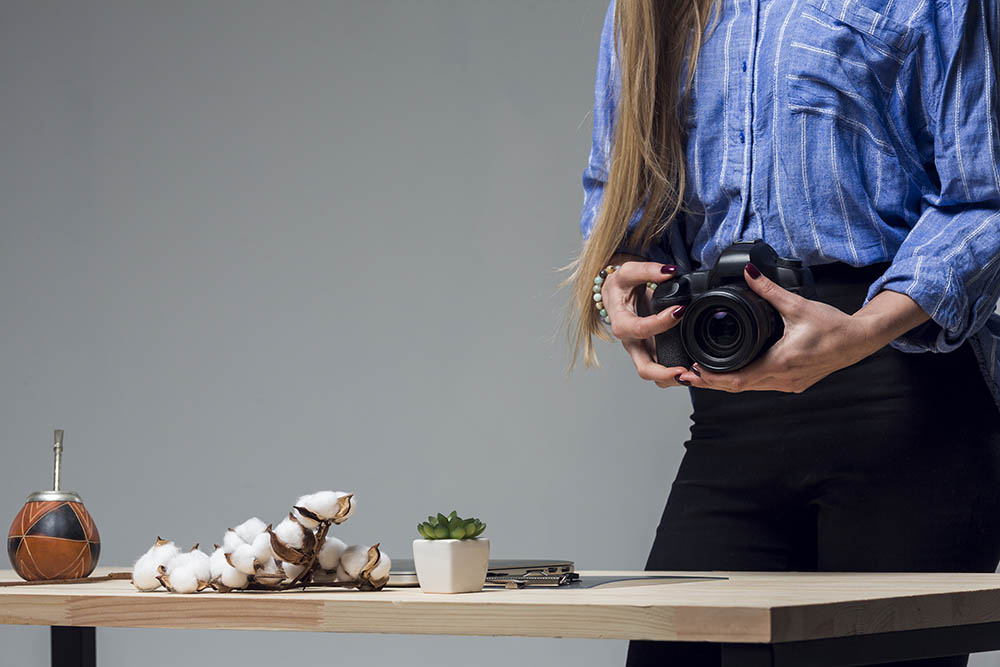Photography is a fascinating art form that allows us to capture and preserve moments in time. Regardless of whether you are an amateur or an experienced photographer, it’s essential to understand the basics of photography to take better pictures. Learning photography basics is crucial for anyone looking to improve their photography skills and take their creativity to the next level. In this article, we’ll cover the fundamental principles of photography and provide some tips to help you improve your skills.
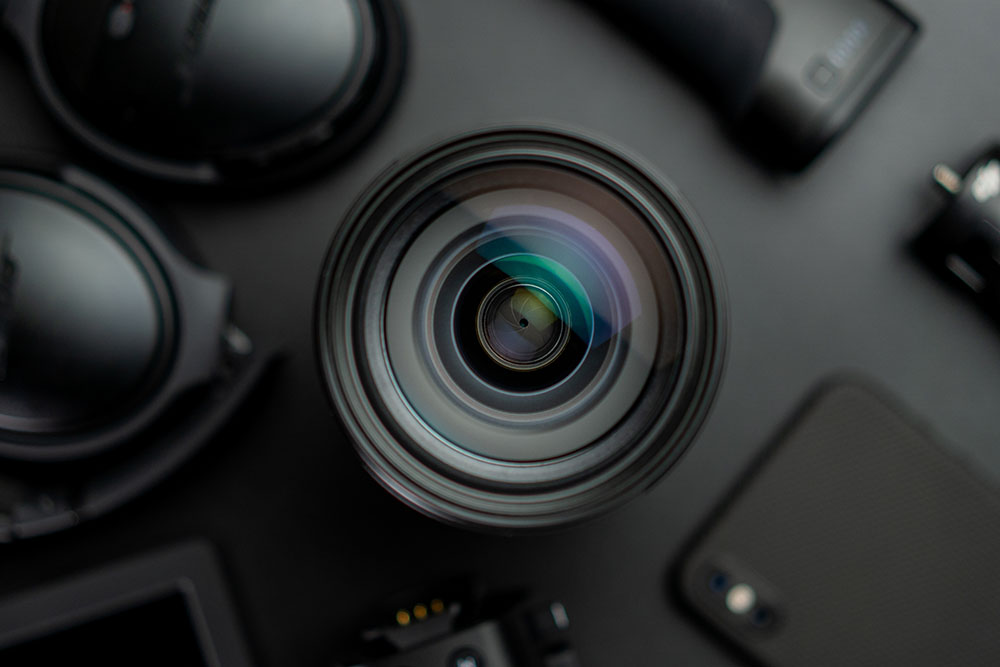
Understanding the Camera on Photography Basics
The first step in photography is understanding your camera. Regardless of the type of camera you’re using, there are a few basic settings you need to be familiar with:
- Aperture: This controls the amount of light that enters the camera. A larger aperture (lower f-stop number) lets in more light, while a smaller aperture (higher f-stop number) lets in less light.
- Shutter speed: This controls how long the shutter is open. A faster shutter speed freezes motion, while a slower shutter speed allows motion blur.
- ISO: This controls the sensitivity of the camera’s sensor to light. A higher ISO setting is helpful in low-light situations but can also lead to more noise (graininess) in the image.
- White balance: This adjusts the color temperature of the image. Different lighting conditions have different color temperatures, and adjusting the white balance can help ensure accurate color reproduction.
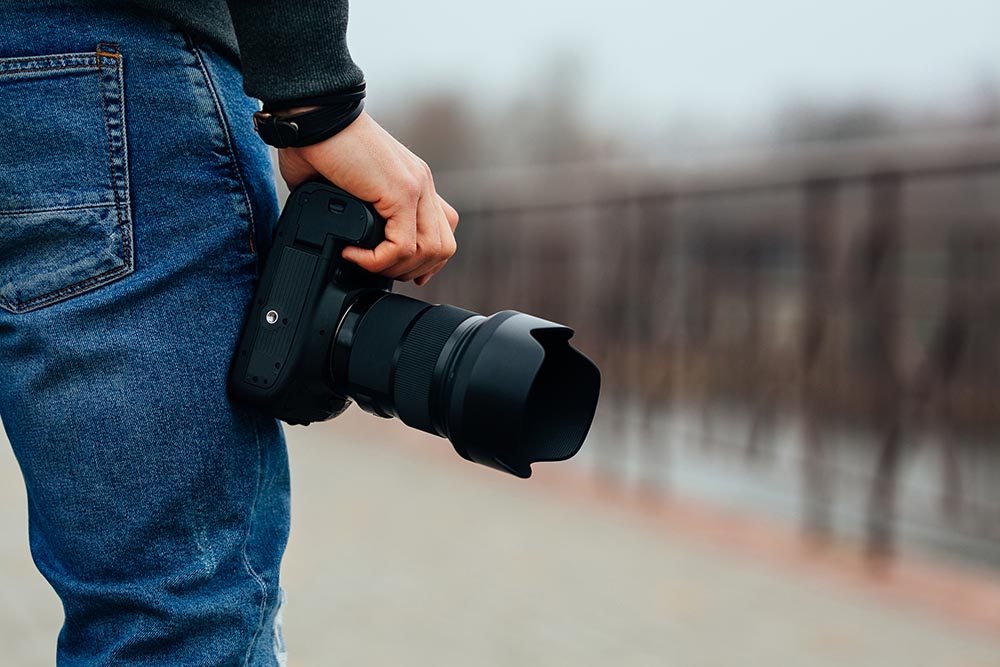
Composition
Once you have a basic understanding of your camera, the next step is to focus on composition. Composition relates to the arrangement of visual elements in the frame and can significantly impact the overall impact of your image. Here are a few tips for better composition:
- Rule of thirds: Imagine your frame divided into thirds both horizontally and vertically. By placing your subject on or near the points where lines intersect, which are commonly referred to as “power points,” you can add an element of visual interest and create a more dynamic composition in your photography.
- Leading lines: Use lines in the environment to lead the viewer’s eye toward the subject. This could be a road, a fence, or even the edge of a building.
- Framing: Use elements in the environment to frame the subject. This could be a window, a doorway, or even the branches of a tree.
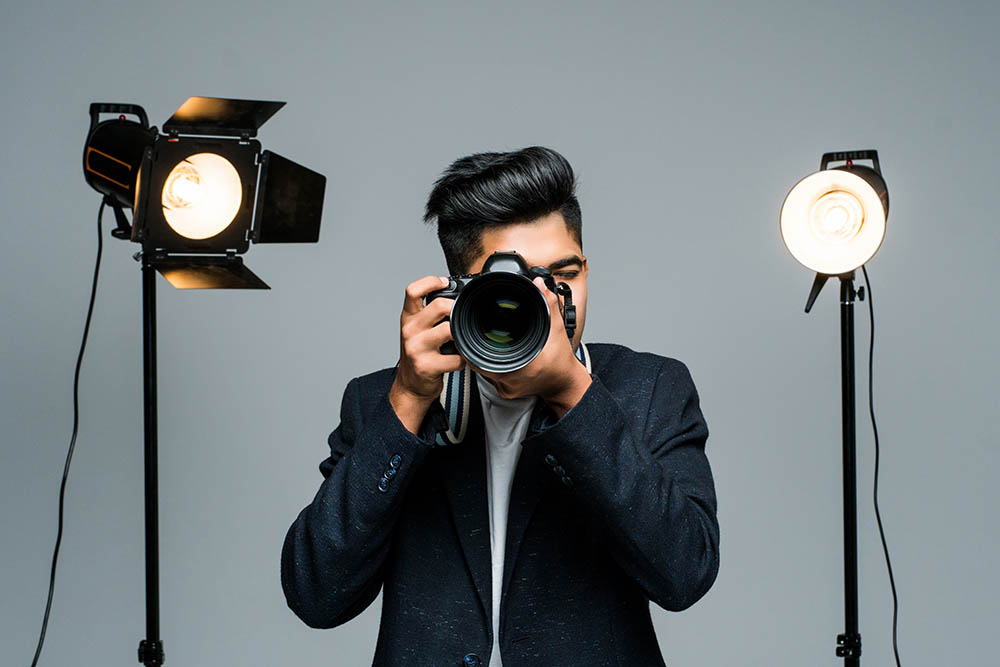
You should like this post as well:
Photography History: The Evolution of an Art Form
Lighting
Lighting is one of the most critical factors in photography. The quality and direction of light can significantly impact the mood and tone of your image. Here are a few tips for better lighting:
- Golden hour: The hour after sunrise and the hour before sunset are known as “golden hour” and are considered the best times for outdoor photography. The light is soft and warm and casts long shadows.
- Backlighting: Shooting into the sun can make a beautiful backlighting effect, where the subject is silhouetted against the bright background.
- Diffused light: Soft, diffused light can create a more flattering and natural look. This could be achieved by shooting on an overcast day or using a diffuser to soften harsh sunlight.
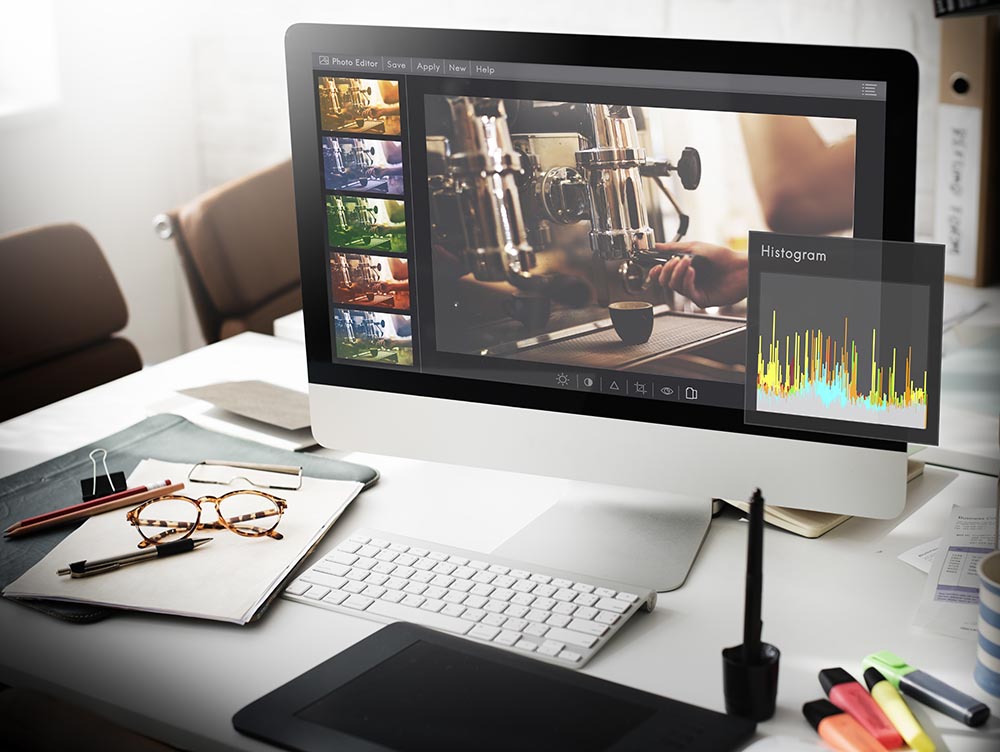
Post-Processing
Post-processing refers to the editing and enhancement of your images after they’ve been taken. While getting the best shot on camera is important, post-processing can help take your pictures to the next level. Here are a few tips for better post-processing:
- Don’t overdo it: It can be tempting to go overboard with post-processing but remember that less is often more. Use editing tools to enhance your image, not to completely transform it.
- Shoot in RAW: Shooting in RAW format allows for greater flexibility in post-processing, as it captures more data than JPEG format.
- Experiment with different editing tools: There are a variety of editing tools available, from popular programs like Lightroom and Photoshop to more advanced software like Capture One and Affinity.


